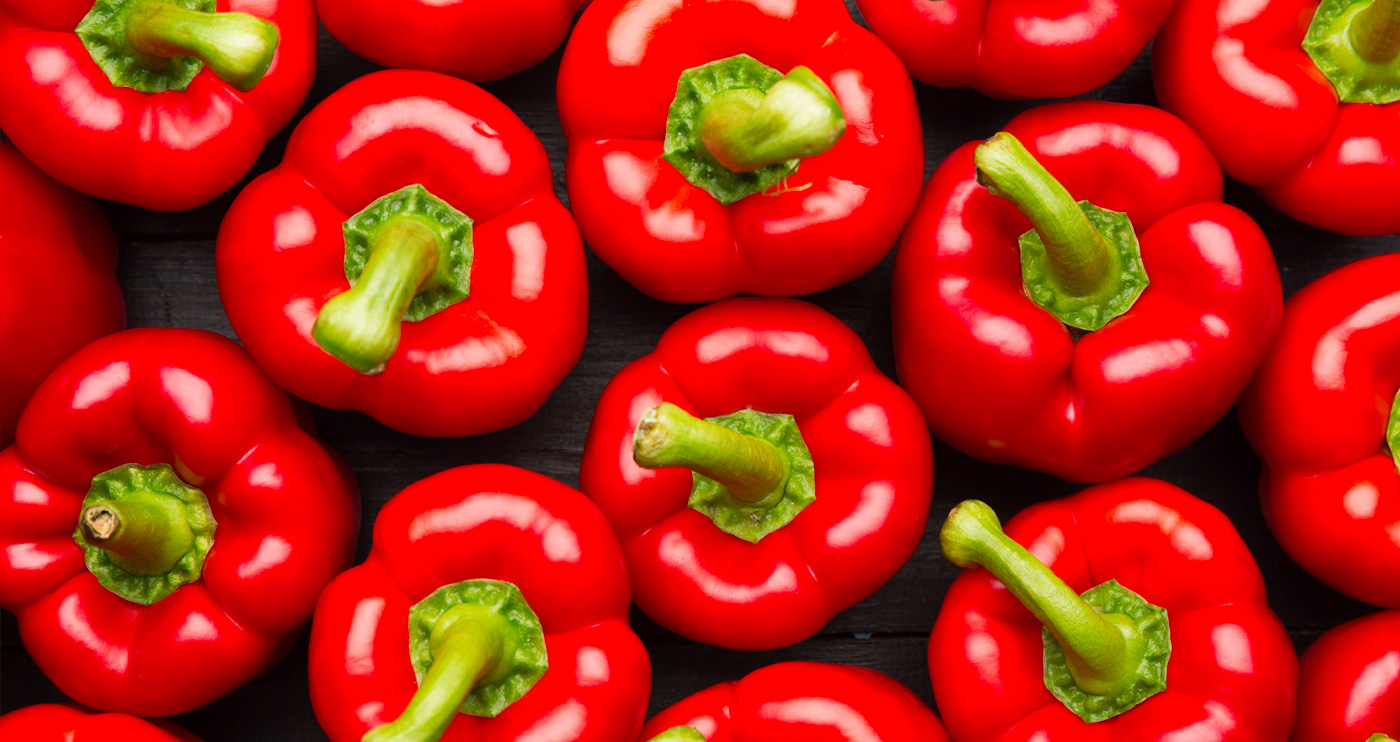
Your connective tissue supports pretty much every structure in your body, from your skin to your joints. As you age, your body’s ability to repair this tissue and produce new collagen and elastin. Externally, this shows up as sagging, wrinkling skin, but the long-term damage to joints is much harder to spot until it turns into pain and inflammation.
Diet is a crucial part of supporting your body’s overall health, including your joints. Here are the best foods to help you keep your joints flexible and pain-free, even as you age:
Pineapple
Pineapple is chock-full of bromelain, an enzyme that’s best known for breaking down proteins. Bromelain also triggers the body to produce substances that reduce pain and inflammation, and preliminary research shows that it can reduce swelling associated with rheumatoid arthritis. The fruit is also rich in vitamin C, which helps fight free radicals that trigger inflammation. Not a fan of pineapple? Papaya is another great choice here. It contains papain, an enzyme similar to bromelain, and is also rich in vitamin C.
Extra Virgin Olive Oil
The olive oil-rich Mediterranean diet is credited with tons of health benefits, and healthy joints is one of them. Olive oil, particularly the first pressings, is full of antioxidants and beneficial omega fatty acids. Both of these help suppress inflammation.
Gelatin
Gelatin is produced from animal connective tissue and contains collagen. While the collagen you eat doesn’t necessarily turn into new joint collagen, it does provide important amino acids that form the building blocks of healthy joints. Collagen supplements help with arthritis and pain from sport-related joint injuries, but they take a long time to work and can be expensive. Gelatin and bone broth are easy-to-source, inexpensive alternatives.
Turmeric
This earthy orange spice contains a pretty potent anti-inflammatory compound: curcumin. Research involving subjects with rheumatoid arthritis found that it helped reduce pain, stiffness, and swelling. For best results, pair turmeric with black pepper. Compounds in pepper help your body absorb turmeric more effectively. Ginger, a turmeric relative, contains similar compounds that help fight pain and inflammation.
Avocado
Avocado is rich in omega fatty acids and potassium, two key nutrients for joint health. Omega-3 fatty acids help reduce inflammation, while a deficiency in potassium can trigger some forms of arthritis. The fat content of avocado also helps your body absorb vitamins from other sources, so it’s an excellent addition to salads and other nutrient-packed dishes.
Red Peppers
Peppers contain vitamin C, but red peppers also have beta carotene and other antioxidants. This helps reduce inflammation by fighting free radical damage. Peppers are also a source of capsaicin, the compound that our tongues perceive as heat. Capsaicin encourages healthy circulation, and actually depletes the body’s store of pain-signaling chemicals. If you can’t handle the heat of hot peppers, don’t worry — even mild red bell peppers have some capsaicin in them.
Having healthy joints is about more than just being able to stretch and bend with ease. Flexible joints are less prone to injury and can help you avoid falls and serious injuries. Whether your joints are still supple, or you’re beginning to notice the signs of age-related issues, adding these joint-supporting foods to your diet can help keep you mobile, flexible, and pain-free for years.